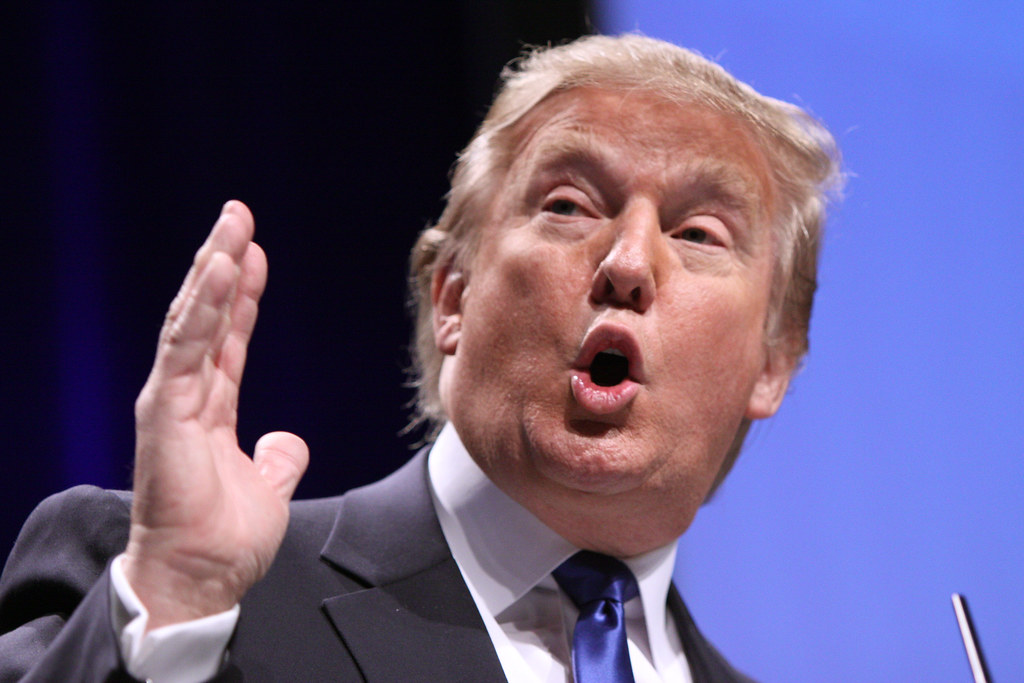Key takeaways:
- The Trump peace plan presents 20 steps to end Gaza’s occupation.
- No Palestinian leaders helped craft the plan.
- Critics argue Israel and Hamas won’t truly follow key points.
- The plan gives Palestinians no real guarantees for self-rule.
- Experts warn it may fail to bring lasting peace.
The Trump Peace Plan Explained
The Trump peace plan offers 20 ideas to stop fighting in Gaza. First, it suggests security measures and territorial changes. Next, it calls for oversight by a “peace board” led by Donald Trump and Tony Blair. Then, it outlines how Israel would withdraw but keep key military power. Finally, it hints at giving Gaza some autonomy, though without clear rights.
Moreover, the plan never asked Palestinians to join its design. Instead, Israel and the US shaped it alone. As a result, Palestinians feel sidelined. They fear they have no real say in their future. Meanwhile, Trump pitched the idea as a final solution to a long conflict. He even warned Hamas of “annihilation” if it did not agree to release remaining hostages.
However, the plan’s backers must still win support from key players. Israel’s prime minister and his far-right allies want different terms. On the other side, Hamas values the last hostages as its main bargaining chip. Therefore, both sides see little reason to fully back the Trump peace plan.
Critics and the Trump Peace Plan’s Weak Spots
Critics at a leading UK newspaper slammed the Trump peace plan without mercy. They pointed out that neither Israel nor Hamas seem ready to honor it. First, Israel’s prime minister benefits from ongoing conflict. His far-right government wants to move more settlers into Gaza land. As a result, they see no need to limit future wars or recognize Palestinian claims.
Meanwhile, Hamas fears losing power. It has watched its leaders die in recent conflicts. Yet it holds onto international sympathy and public support for Palestinians. Thus, Hamas can recruit more fighters from angry youth. Ultimately, it worries that giving up hostages or signing a deal would strip away its main leverage.
In contrast, the Trump peace plan offers no sure way to enforce its terms. The proposed “peace board” feels like a colonial team led by foreign rulers. It gives lip service to Palestinian self-rule but makes clear that final decisions lie elsewhere. This setup worries many observers that true autonomy for Palestinians will never arrive.
Furthermore, the plan ignores basic rights. It fails to guarantee free movement, voting rights, or fair courts for Gaza residents. It only says self-determination might come at some undefined later point. As long as the plan keeps Palestinians in a waiting room, lasting calm seems unlikely.
Why Palestinians Feel Left Out
Palestinians see little benefit in the Trump peace plan. In fact, they feel invisible in its creation. No major Palestinian party joined the talks. As a result, the plan reads like rules forced onto them from above.
They also note that the plan preserves most of Israel’s current security powers. Gaza might get a local council, but that council cannot override outside control. Moreover, the proposal gives no timeline for any real statehood. Therefore, Palestinians say the plan treats them as second-class residents.
Additionally, many Palestinians remain skeptical of Trump himself. His past policies favored Israel and showed little concern for Palestinian rights. Thus, they question whether this new plan will respect their needs. They worry that foreign leaders, not local voices, will decide their fate.
Can the Trump Peace Plan Last?
At best, the Trump peace plan may serve as a starting point. However, many factors could kill it. First, Israel’s government must agree to real limits on military power in Gaza. So far, its leaders have shown little interest. Next, Hamas must trust that released hostages will bring peace, not more war. Yet they see little upside in handing back their main leverage.
Moreover, the plan needs support from Arab nations. Only then could they pressure Netanyahu and Hamas. So far, Arab leaders appear divided. Some might back parts of the plan, but others demand full Palestinian rights first. Without unity, the plan could fade away.
In addition, international public opinion is shifting toward strong support for Palestinian rights. Therefore, any deal that ignores those rights risks huge protests around the world. As a result, politicians may hesitate to enforce it.
Ultimately, for the Trump peace plan to last, it needs heavy, sustained pressure on all sides. That means the US, Israel, Arab states, and global allies must unite behind real guarantees. Otherwise, the plan will gather dust like past peace proposals.
Conclusion
The Trump peace plan offers a bold vision. Yet it fails to give Palestinians a real stake. Without broad support and enforceable rights, the deal seems doomed. True peace needs shared commitment and respect for every community’s future.
Frequently Asked Questions
What are the main goals of the Trump peace plan?
The plan aims to end the Gaza occupation, secure hostages’ release, and set a path for limited Palestinian autonomy. It outlines 20 steps designed by the US and Israel.
Why did critics call the plan “colonial”?
They argue the proposed peace board, led by foreign figures, would control Gaza. Critics say it ignores Palestinian self-rule and decision making.
How did Hamas respond to the plan?
Hamas tentatively agreed to some parts and released hostages. However, it fears losing leverage and doubts the plan will protect Palestinian interests.
What could make the plan succeed?
Success needs strong backing from Israel, Hamas, Arab nations, and global leaders. It also requires real guarantees for Palestinian rights and clear enforcement tools.

